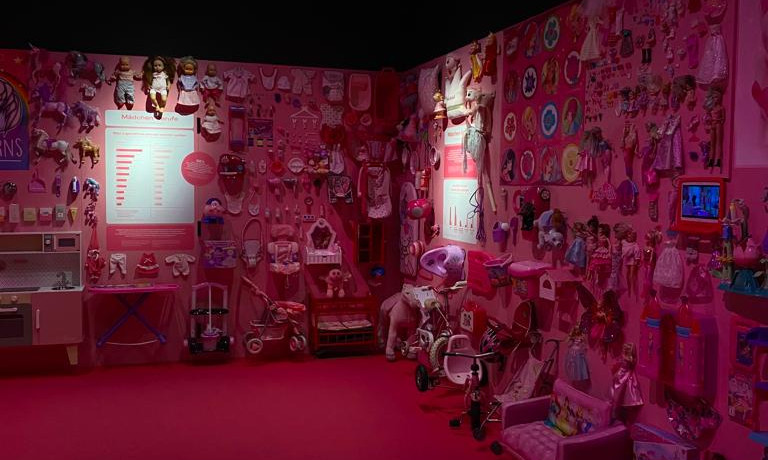Human sciences aim to describe and explain human behaviour of individuals or members of a group. They focus all around the concepts’ reliability, validity, and generalizability. Although the human sciences comprise a wide range of disciplines, they all have common features such as the overall object of study: human existence and behaviour. This is what our class learned about human sciences. We additionally explored the methods or how they know in human sciences. We compared the differences between human sciences and history or natural sciences. Concluding from our discussion we can say now that human sciences make direct observations of human actions, look deeper into the tension between particular events an go deeper into the general understanding of the human itself. Human sciences can talk with their data unlike natural sciences since their target being studied is the human with its own ability to think and speak for its own. Human sciences are guided by theories and models and seek for accurate descriptions and explanations. Therefore, the human wants to evolve and develop. Nevertheless, many challenges in human sciences can arise since each individual is different. Since everyone is so different, the analyzation and interpretation of everyone is different. We explored and concluded this by investigating the term “culture” and what everyone associates with it. All in all, human sciences try to explain human behaviour and study them in detail.
In the afternoon our class visited the exhibition “Geschlecht” (Gender) in the “Stapferhaus Lenzburg”. As the name already suggests it focuses on the different genders and their role in society. Therefore, because all humans have a gender, it is closely tied to human sciences.
The exhibition started inside a cylinder-shaped room where a projection was played on the walls. It gave a broad overview how genders biologically develop, how they differ from each other and what their key features are. The conclusion one can draw is, that there are no two biological genders male and female, but many, arising from combinations of genitals, and they can be grouped as “intersex”. This is a challenge to somebody studying human sciences as a result of having to categorize people e.g., according to their gender, which may not be always clearly male or female.
Gender roles were always present in the exhibition, whether they were confirmed or not. In general, gender roles depend on generalization of people with the same gender and are therefore a good example of human sciences.
At the end of this short clip, the students had to decide whether they chose the door marked in blue in one part of the room representing the masculine gender or the pink door on the opposite side representing females. Each door then led to a room held in either colour with “typical” toys of the relative gender.
The main part of the exhibition consisted of a timeline depicting all important events which had something to do with gender. A guide made us aware of the fact that we all unconsciously or consciously had gone for either blue or pink. This decision may have been due to a preference for a certain colour, the feeling of being for example a boy thus having to choose blue or as some people mentioned due to distance, they had to cover to either door. That is, human behaviour can be predicted in a certain manner, but simple things such as the distance in this example must not be forgotten when studying human sciences and their reliability. In general, it became apparent in the exhibition that every one of our class reacted differently to, thought differently, and cared differently about some of the content.
In conclusion, the topic of gender is red-hot at the same time existed since the beginning of human interactions. Therefore, it is a non-negligible aspect of human sciences.
Carla Grotzer and Julien Gimmi, 5i


